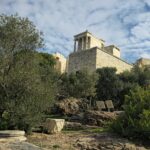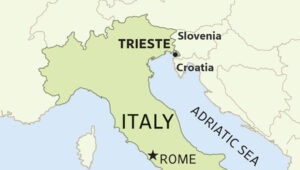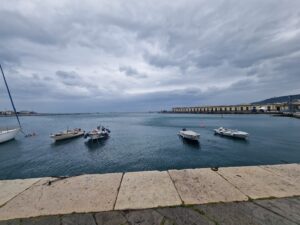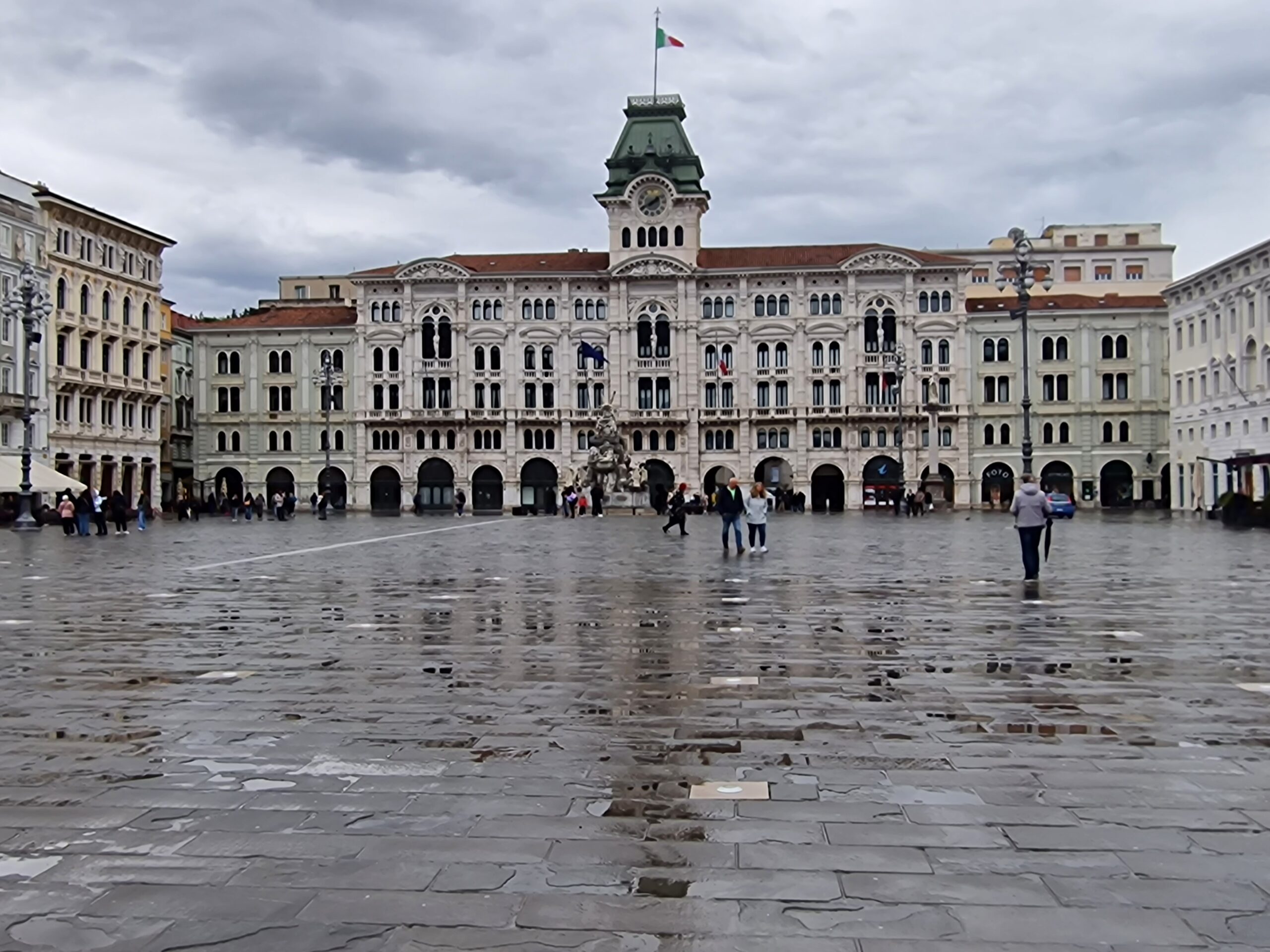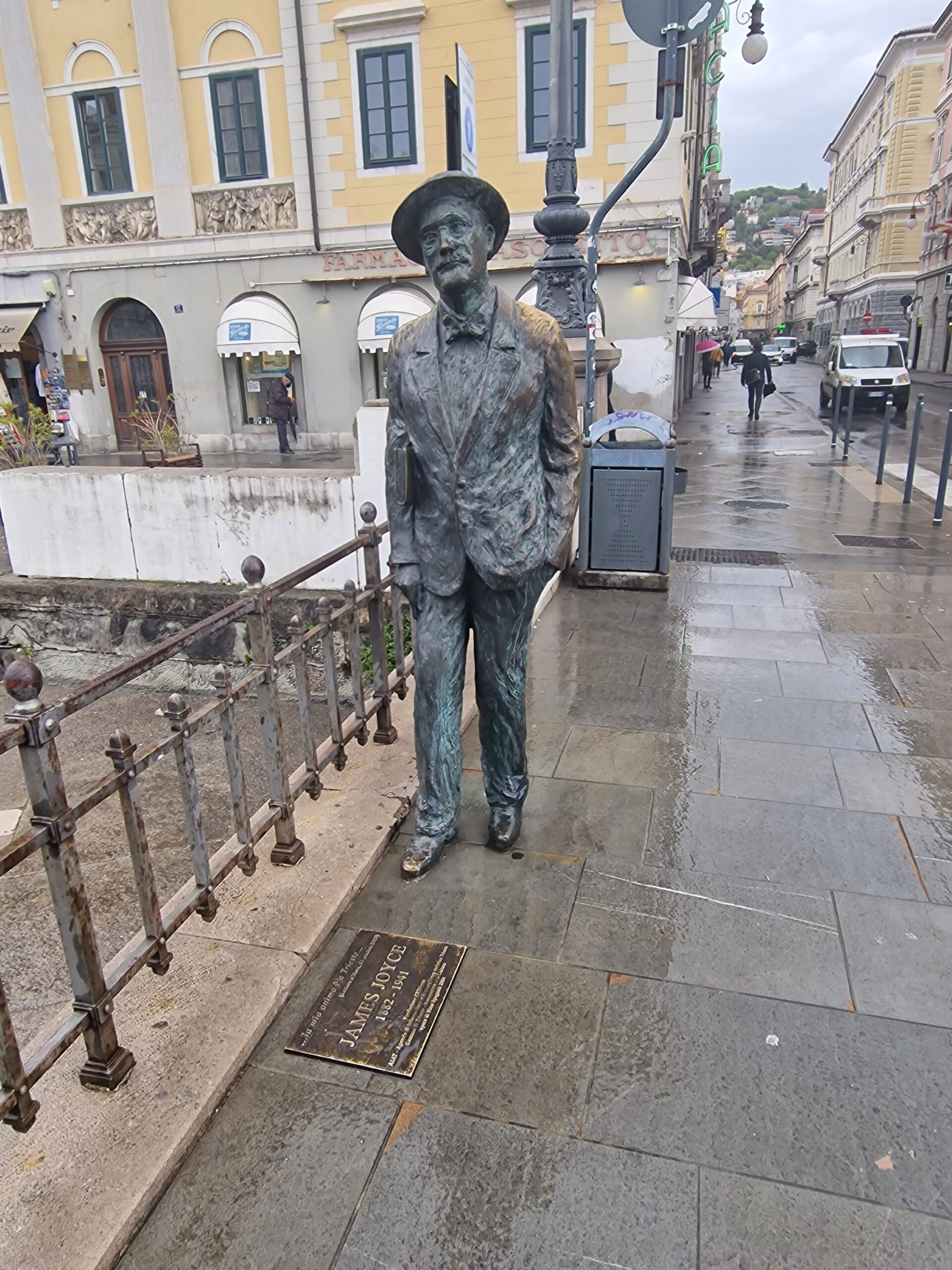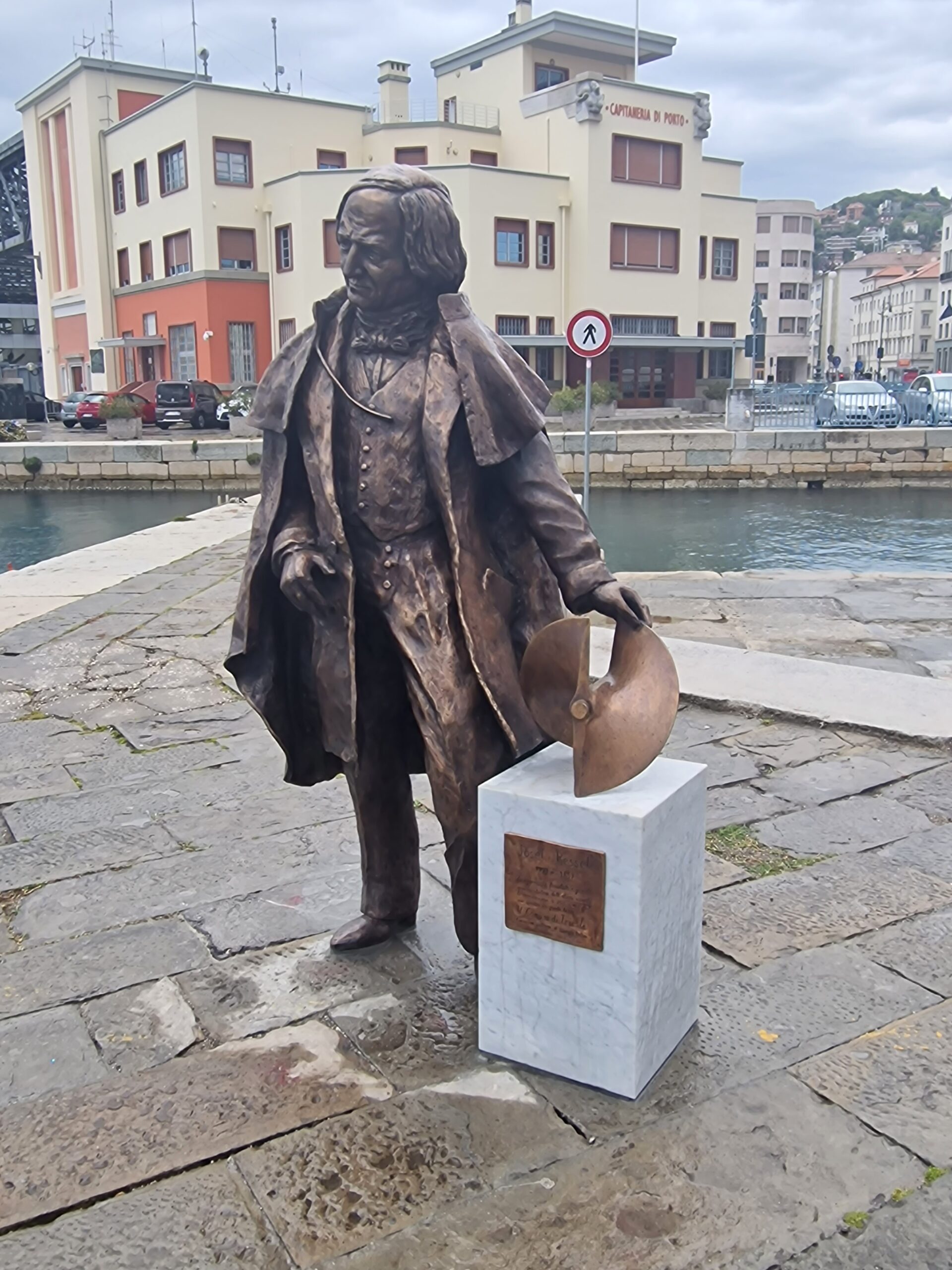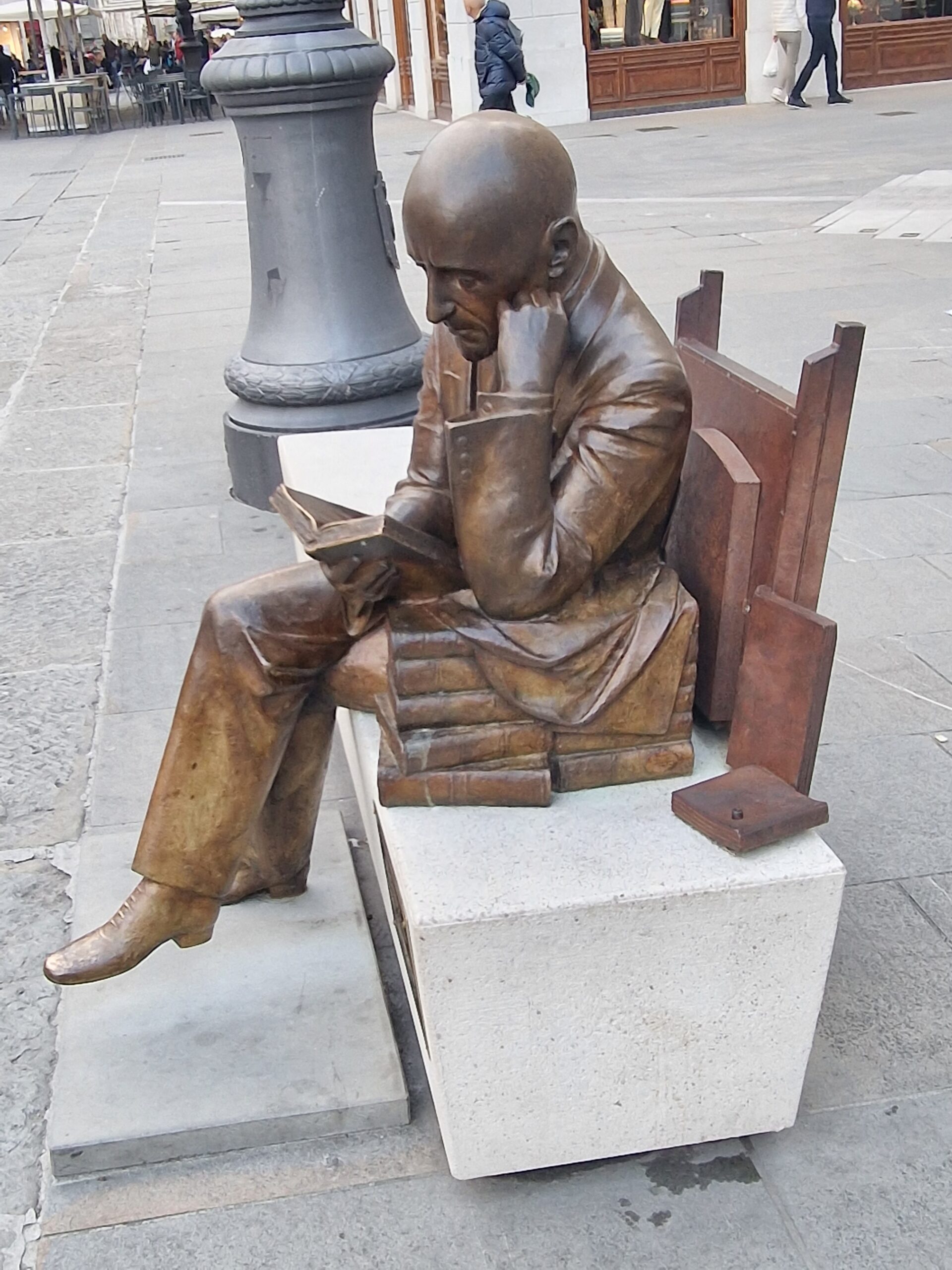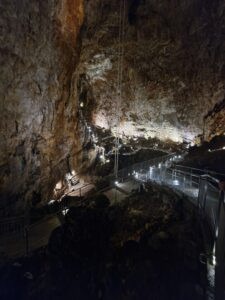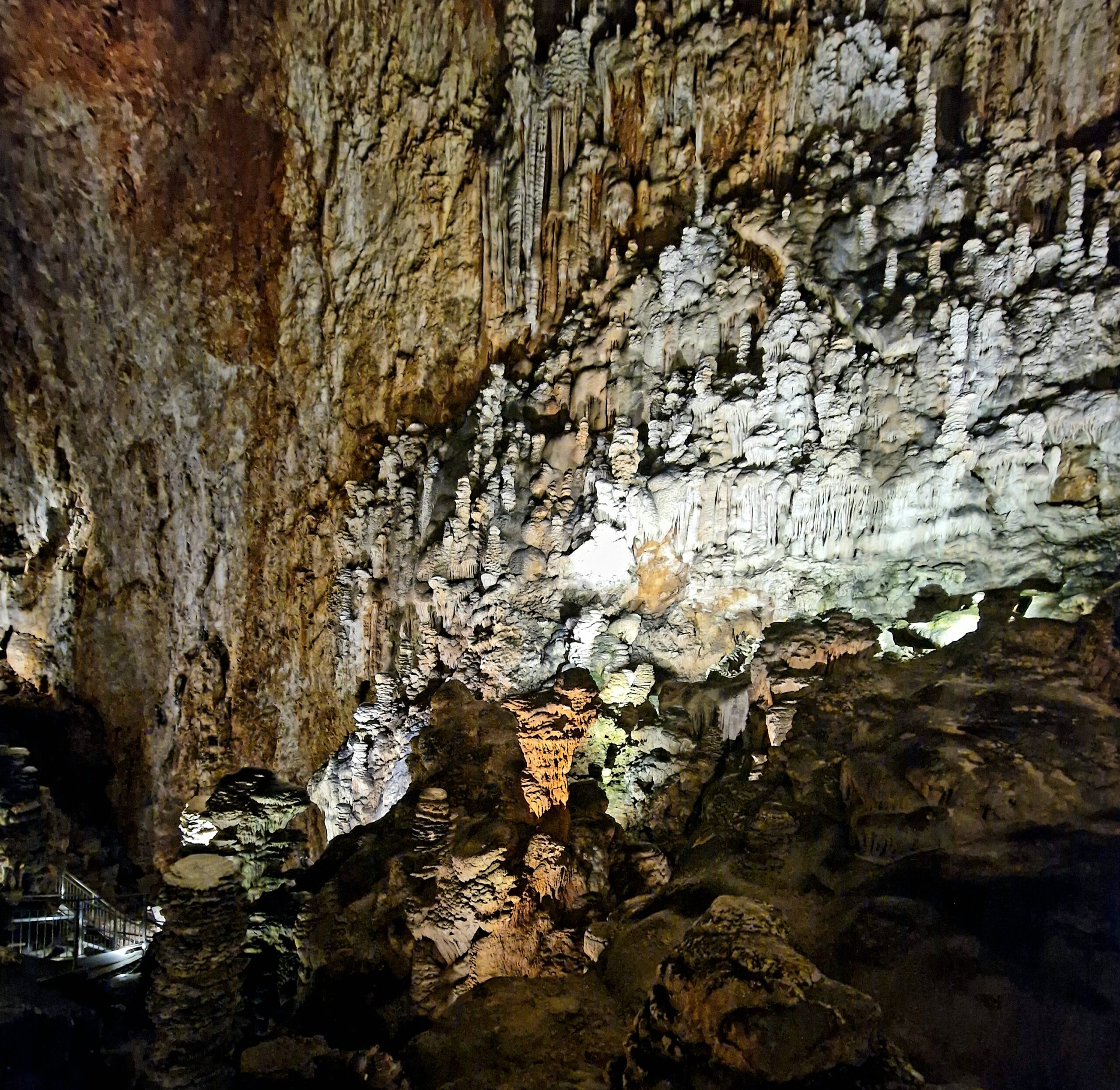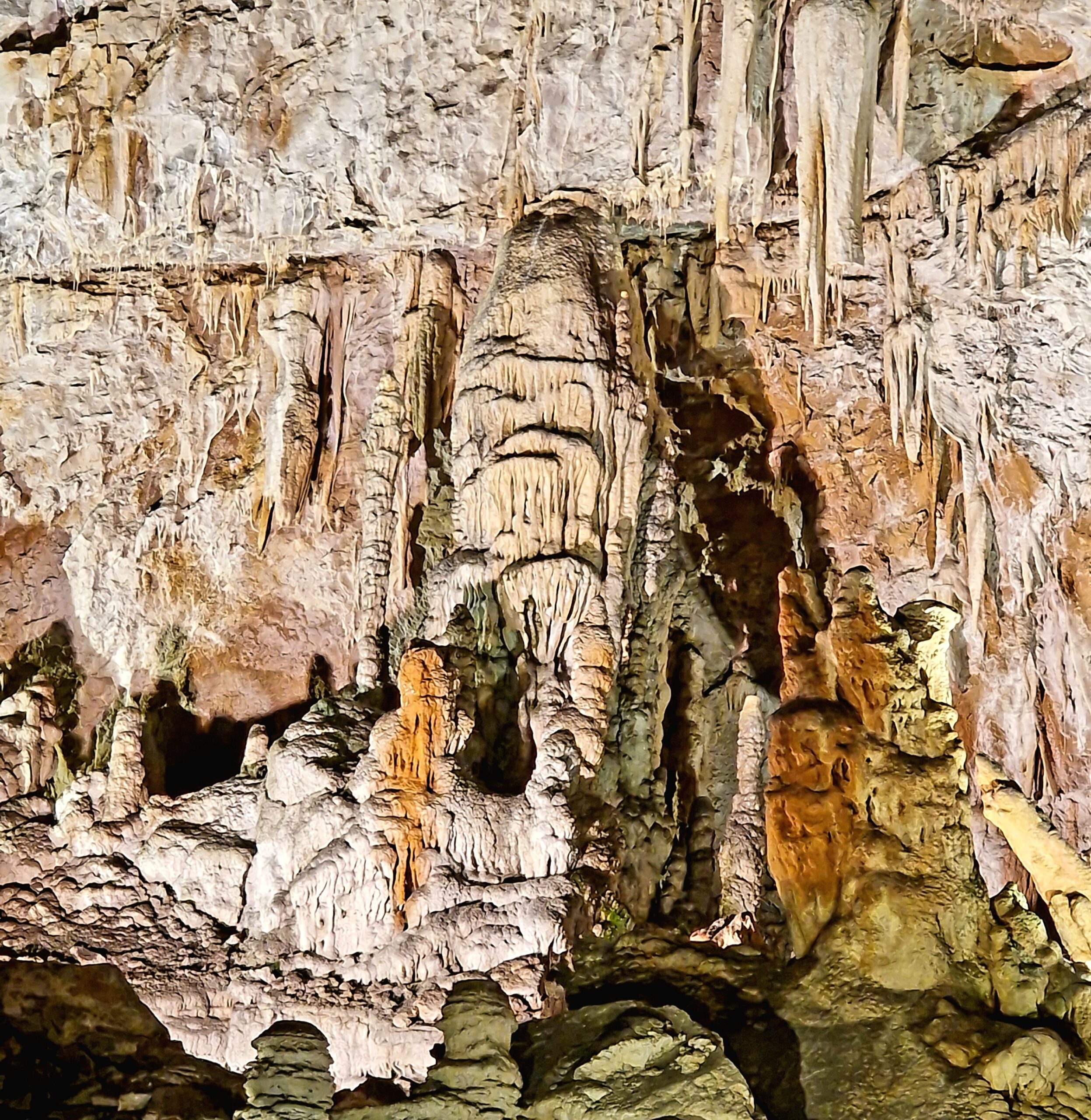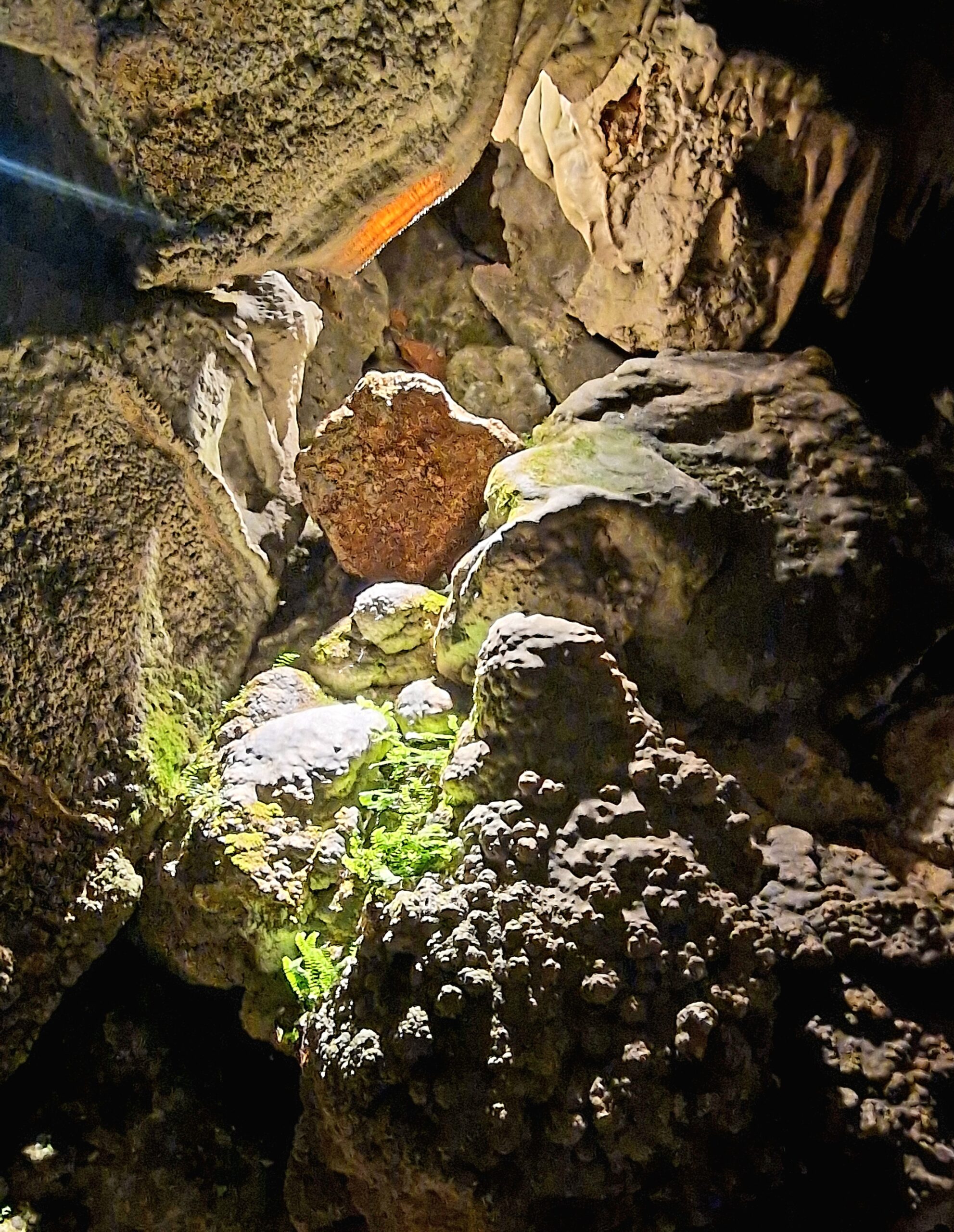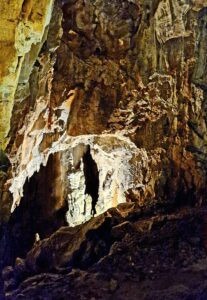Discovering Athens

Athens, the historic capital of Greece, is a city steeped in history and culture. Walking through its streets feels like stepping back in time.
With a history spanning over 3,000 years, the city’s ancient landmarks, like the Parthenon and the Temple of Olympian Zeus, provide a glimpse into its glorious past.
But Athens is not just about history; it’s a dynamic metropolis with a thriving arts scene, vibrant nightlife, and delicious cuisine.
Its unique blend of ancient and modern makes it a must-visit destination.
The Acropolis: A Testament to Ancient Glory
No visit to Athens is complete without a trip to the Acropolis, the ancient citadel that stands proudly on a rocky hill above the city.
The Acropolis is home to several monuments of great historical significance, the most famous of which is the Parthenon.
Dedicated to the goddess Athena, the Parthenon is a masterpiece of classical architecture, renowned for its Doric columns and intricate sculptures.
The Acropolis Museum, located at the foot of the hill, is another must-visit.
The museum houses an extensive collection of artifacts found on the Acropolis, including statues, friezes, and everyday items from ancient Athens.
The museum’s design, which incorporates glass floors revealing excavations below, provides a unique perspective on the layers of history that make up this ancient site.
Plaka and Monastiraki: The Heart of Old Athens
Beneath the Acropolis lies Plaka, Athens’ oldest neighborhood.
Known as the “Neighborhood of the Gods,” Plaka is a maze of narrow streets, neoclassical buildings, and charming tavernas.
Here, you can wander aimlessly, discovering hidden courtyards, colorful street art, and cozy cafes.
The area’s vibrant atmosphere makes it a perfect place for an afternoon stroll or a leisurely meal.
Adjacent to Plaka is Monastiraki, famous for its bustling flea market and lively squares.
Monastiraki Square is a melting pot of cultures, where ancient ruins sit alongside Ottoman-era buildings and Byzantine churches.
The market offers everything from antiques and souvenirs to clothes and jewelry.
On Sundays, the streets come alive with street performers and vendors, creating a festive atmosphere.

Syntagma Square and the Changing of the Guard
Syntagma Square is the political and social hub of Athens.
It is home to the Greek Parliament, housed in the former Royal Palace. The square is a popular meeting point for locals and tourists alike, often serving as the site for public demonstrations and celebrations.
One of the highlights of Syntagma Square is the Changing of the Guard ceremony at the Tomb of the Unknown Soldier.
Performed by the Evzones, an elite ceremonial unit, the changing of the guard is a highly choreographed display of precision and tradition.
The Evzones wear distinctive uniforms, complete with foustanella (pleated skirts) and tsarouchia (pom-pom-topped shoes), which add to the ceremony’s visual appeal.
For those with a deep interest in history and archaeology, the National Archaeological Museum is a must-visit. It is the largest archaeological museum in Greece and one of the most important museums in the world.
The museum’s extensive collection spans from prehistoric times to late antiquity, showcasing the rich cultural heritage of Greece.Highlights of the museum include the Mask of Agamemnon, a gold funeral mask from Mycenae, and the Antikythera Mechanism, an ancient Greek analog computer used to predict astronomical positions and eclipses.
Exploring Modern Athens: Street Art and Nightlife
While Athens is steeped in history, it is also a vibrant, modern city with a dynamic cultural scene.
One of the best ways to experience contemporary Athens is through its street art.
Neighborhoods like Exarcheia and Psiri are known for their colorful murals and graffiti, which often reflect social and political themes.
Street art tours are available for those interested in learning more about this underground movement and the artists behind it.
Athens also boasts a lively nightlife, with something to suit every taste.
The Gazi district, centered around a former gasworks, is a hotspot for clubs, bars, and live music venues.
For a more relaxed evening, head to the coastal area of Glyfada, where you can enjoy a drink with a view of the Saronic Gulf.
Rooftop bars, particularly those with views of the Acropolis, offer a perfect setting for a night out in the city.
Day Trips from Athens: Discovering the Surrounding Areas
Athens’ central location makes it an ideal base for exploring other parts of Greece.
One popular day trip is to the ancient site of Delphi, once considered the center of the world in ancient Greek mythology.
The Sanctuary of Apollo at Delphi, with its well-preserved ruins and stunning mountain setting, is a UNESCO World Heritage site.
Another great excursion is to Cape Sounion, located about an hour’s drive from Athens.
The Temple of Poseidon, perched on the edge of a cliff overlooking the Aegean Sea, offers one of the most breathtaking sunset views in Greece.
The nearby beaches are also perfect for a relaxing day by the sea.
The island of Aegina, just a short ferry ride from Athens, is another excellent option for a day trip. Known for its pistachio groves and charming villages, Aegina offers a taste of island life without staying far from the city.
In conclusion, Athens is a city of contrasts, where ancient ruins coexist with modern buildings, and traditional tavernas stand alongside trendy cafes. Its rich history, vibrant culture, and warm hospitality make it a destination that captivates and inspires. Whether you’re exploring its ancient monuments, savoring its culinary delights, or simply soaking in the lively atmosphere, Athens offers an unforgettable experience that leaves a lasting impression.

